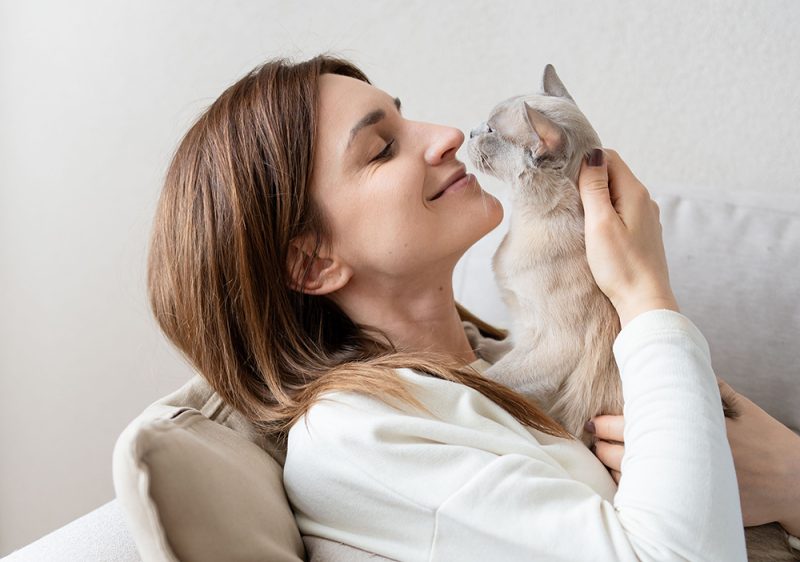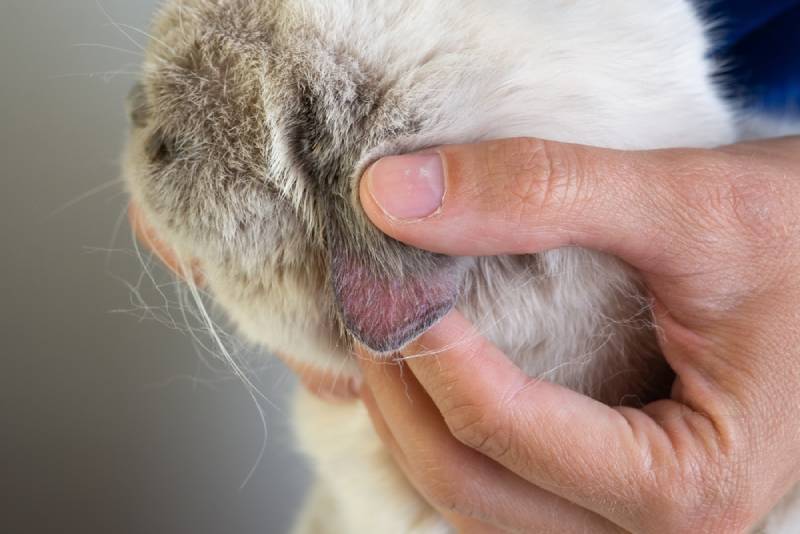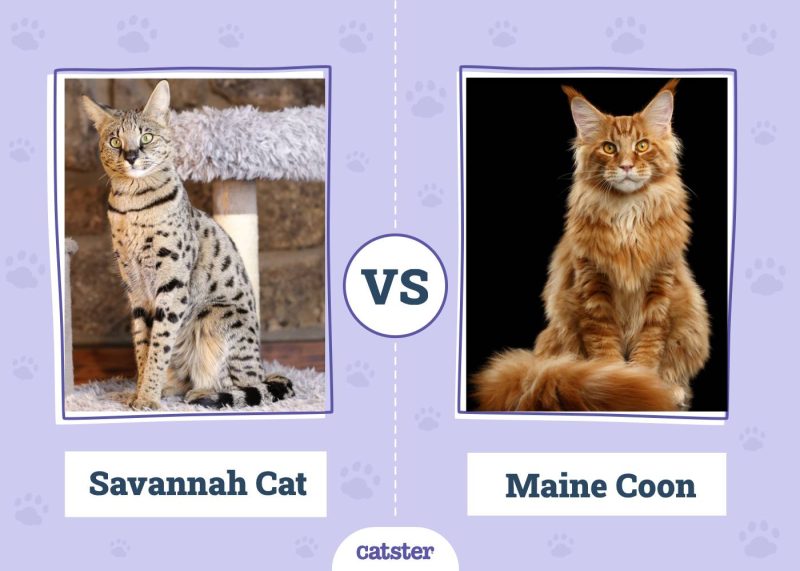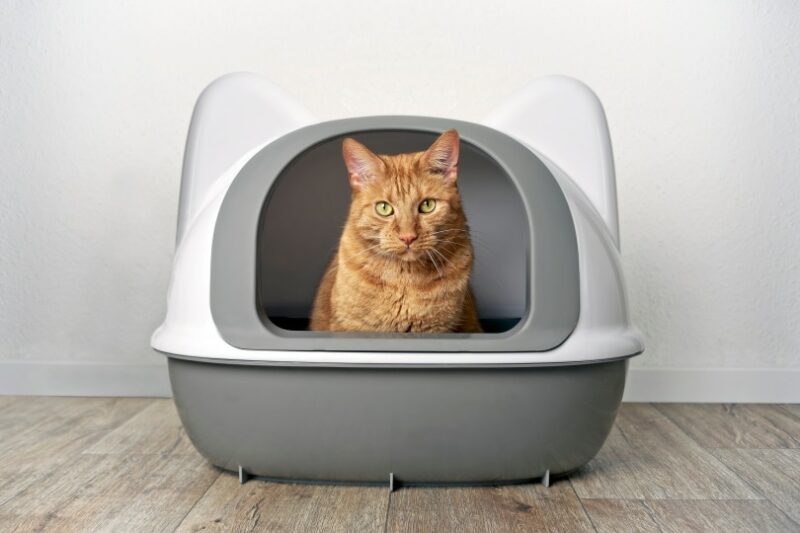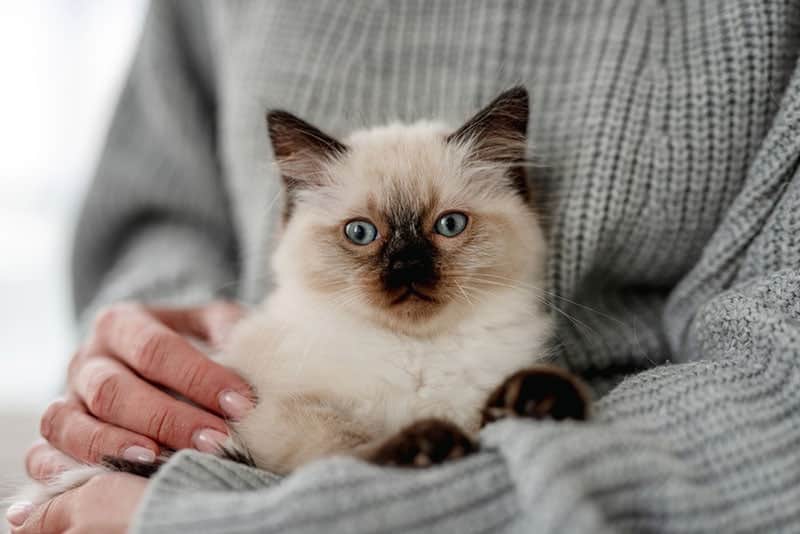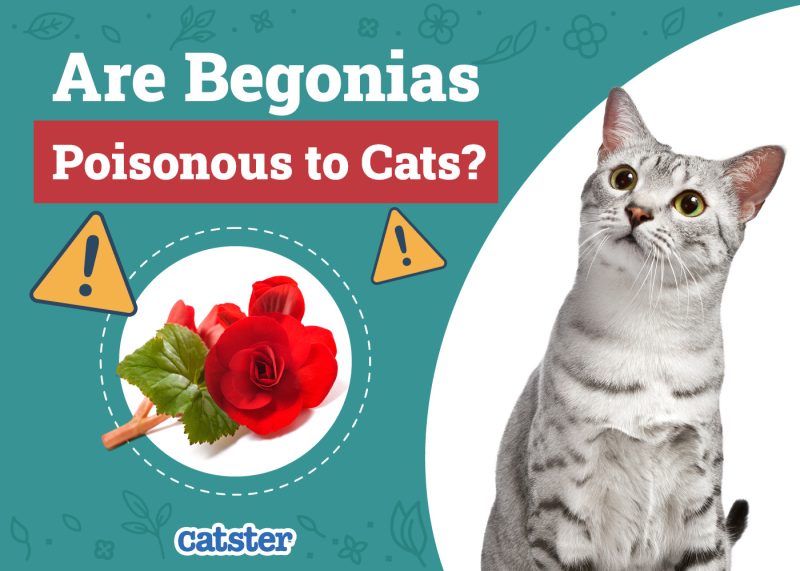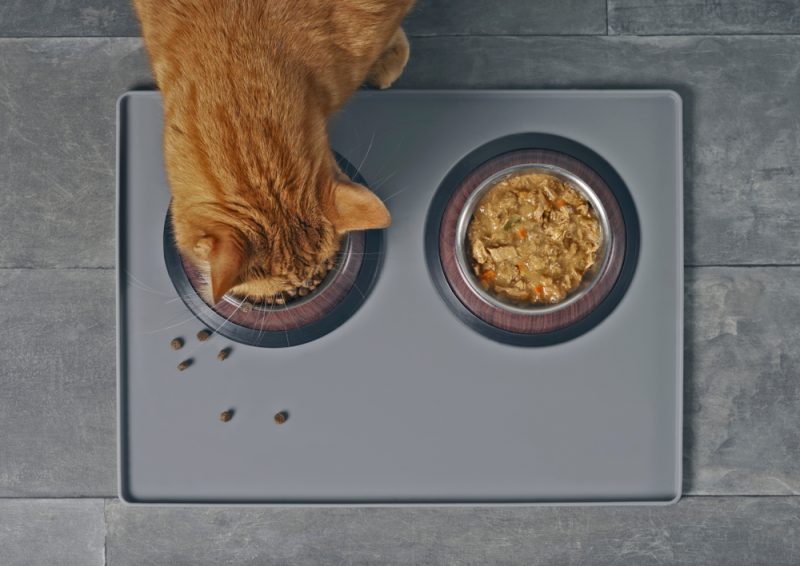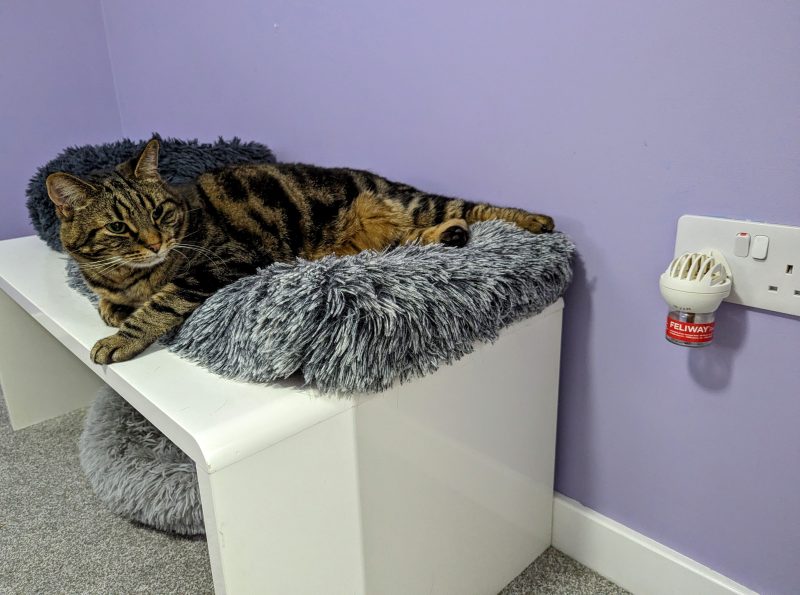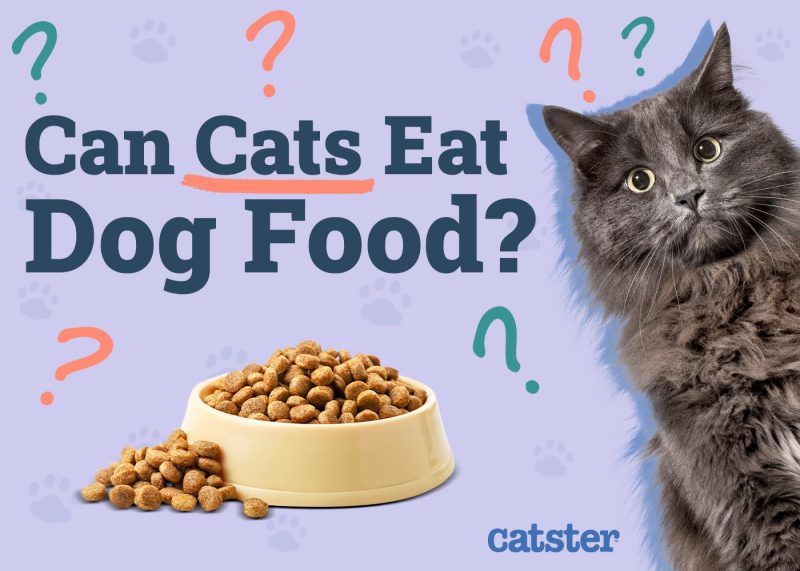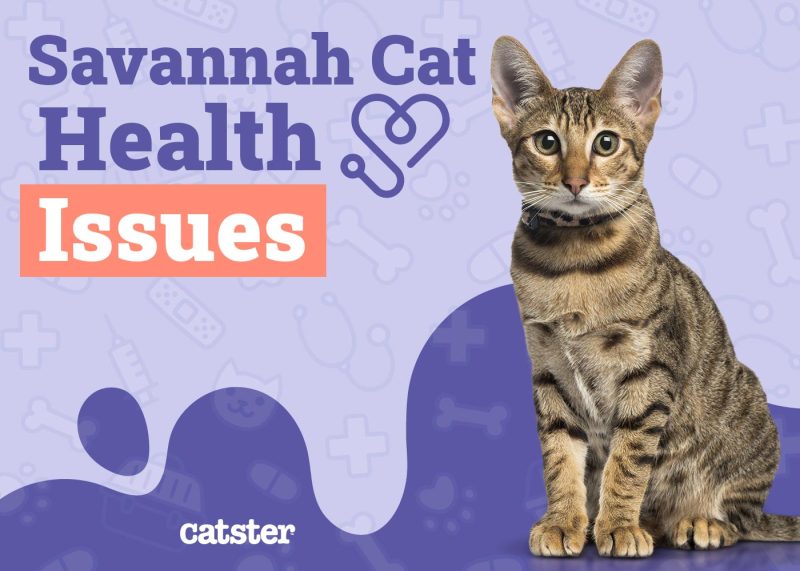The perennial relationship between humans and cats is described almost in opposition to the one we share with dogs. Man’s best friend is loyal and obedient, while cats are mysterious, independent, and aloof. Unlike dogs, who offer us companionship and affection, the relationship with a cat is generally described as almost transactional: They tolerate us in their space because we feed them.
But how true is this? It turns out that a cat’s reputation may not be deserved, and they like us a lot more than we have been giving them credit for!
 Do Cats Like Humans?
Do Cats Like Humans?
A 2019 study found that cats are as strongly bonded to humans as dogs or even infants. And this isn’t the only study that backs up how much cats like their humans. One in 2017 found that cats prefer interacting with a human over playing with a toy or eating, and in 2019, a study found that cats adjust their behavior depending on how much attention a person is giving them.
While a dog can be quite obvious with its love by wagging its tail, licking, and sometimes showing you overwhelming attention, cats are much more subtle. This means you might need to put some effort into understanding your cat’s behavior to interpret its love language.

Top 12 Ways Cats Show They Love Humans
While the signs your cat loves you can be subtle, they are there, so we will share some of them with you to make it a little easier for you to spot.
1. Meowing
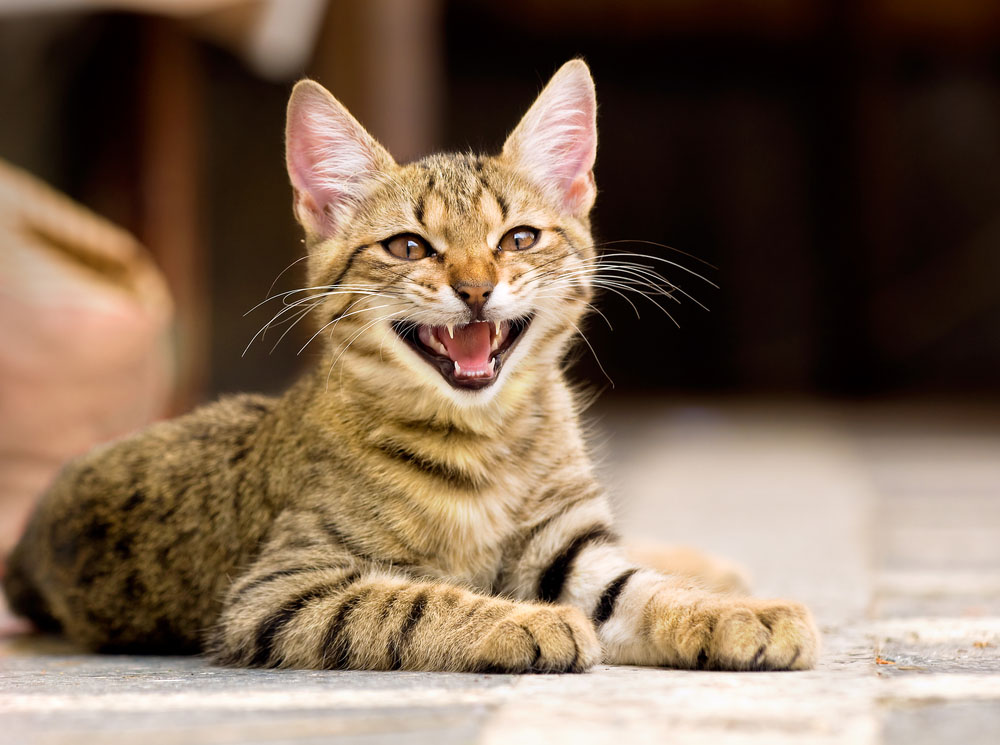
When you speak softly and slowly to a cat, a meow in response typically shows that they’re comfortable. If the meows turn to hisses or are long and drawn out, this is a sign that your cat has had enough interaction.
2. Greeting You at the Door
Your cat might walk between your legs and curl their tail around your legs when they greet you at the door. They might also meow in greeting and give you a little tail wiggle. This all shows how much they’ve missed you. They could also be telling you that they’re ready to eat, their litter box needs cleaning, or they need fresh water.
3. Following You
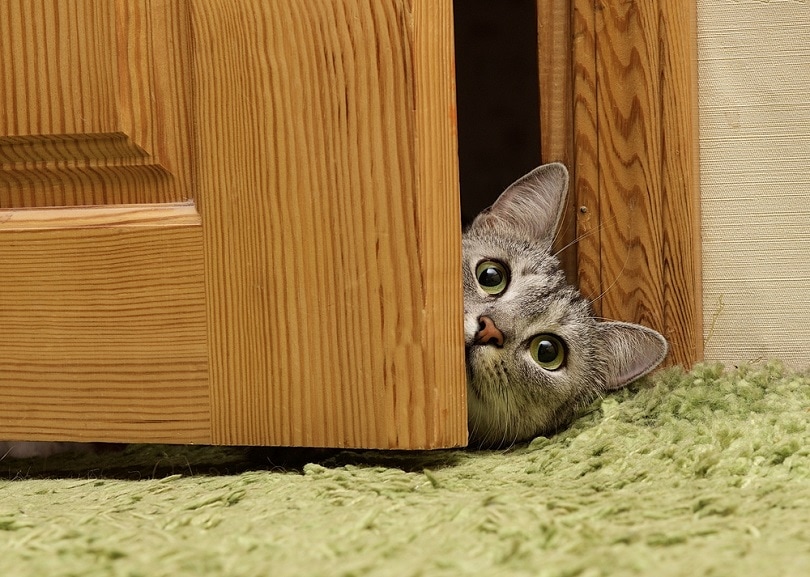
Cats will generally follow people they trust and love. This could be around the house or on your way to the bus if they’re outdoor kitties. It’s very similar to greeting you at the door and following you.
4. Slow Blinking
Eye contact in the animal world is complicated. Direct eye contact with a dog, for example, can be seen as a threat and might end up going badly for you. On the other hand, a cat will use eye contact to show adoration for those they love and trust the most. Generally, they will make eye contact with steady, slow blinks and lowered eyelids. Try slowly blinking back to show some love back at them.
5. Kneading

Kneading usually begins when cats are kittens and is associated with nursing mothers. It’s believed to be comforting, and relaxed cats will often knead when they are content, like when they are gently stroked.
6. Purring
Cats will typically purr to show contentment when they’re being petted or resting. While they can also purr when nervous, this will generally be paired with different body language, like putting their head down, curling their ears back, quickly batting their tails, or hiding. This means you probably won’t confuse the two.
7. Head-Butting
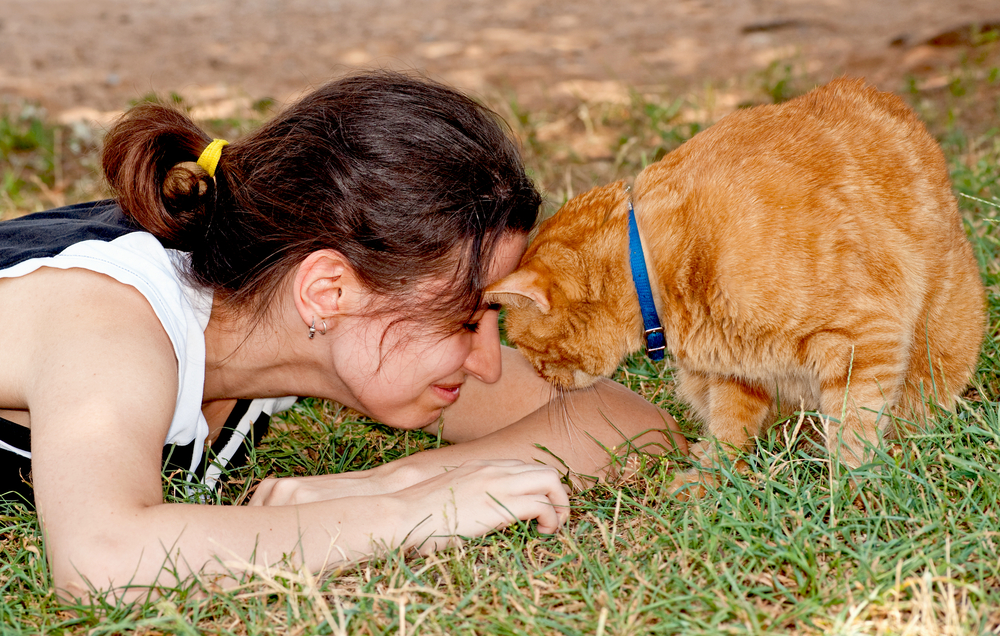
Your cat might rub their cheeks or bump their head against you to show affection. This social behavior is usually established when they’re a kitten when they head-butt their mother and other kittens. It’s a behavior extended to a human to show love as they mark you with their scent to claim you as their human.
8. Showing Their Belly
Cats show their bellies when they are at their most relaxed, and it is the ultimate sign of trust. Unlike a dog, however, this isn’t a sign to rub their belly. Instead, it’s more their way of communicating how comfortable they are by revealing their most vulnerable body parts.
9. Sleeping Near You

Sleeping near you shows that your cat loves and trusts you, even if they’re out of reach for petting. By being near you, they trust you to protect them if danger arises, or they will protect you!
10. Tail Language
Cats use their tails in various ways to communicate and express their feelings. Content cats might hold their tails upright with a hook at the top. They are even known to rattle their tail when walking to let you know they’re very happy to see you.
11. Grooming

Cats will often lick humans or allow a human to brush them as a sign of affection, just like when two cat friends will groom each other, which is also an opportunity to mark each other. Grooming builds a bond between humans and cats, but as always, be on the lookout for fast tail swishing, hissing, or growling. Grooming, especially if it’s done with a brush, can be overstimulating if it lasts too long or isn’t gentle enough.
12. Bringing You a Present
Outdoor cats might bring you back gifts in the form of birds and rodents, which is a bit gross, but it’s also a sign of love. Indoor cats will also do this, but since they don’t have the opportunity to hunt live animals, they might bring you a toy instead.
 Final Thoughts
Final Thoughts
Cats don’t just tolerate or like us; they love us and show us this in various ways. Body language, vocalization, and subtle behaviors often tell us a lot about the trust they have in us and how they feel. Understanding and acknowledging these behaviors can help you build a strong bond. So, while their love isn’t an in-your-face type of affection like dogs share with their humans, it’s there, and there’s scientific research to back it up!
See also:
- What to Do When Cats Cause Relationship Problems: Best Tips & Tricks
- Do Cats Blink Like Humans Do? Vet-Reviewed Facts & FAQ
Featured Image Credit: Julija Sulkovska, Shutterstock
